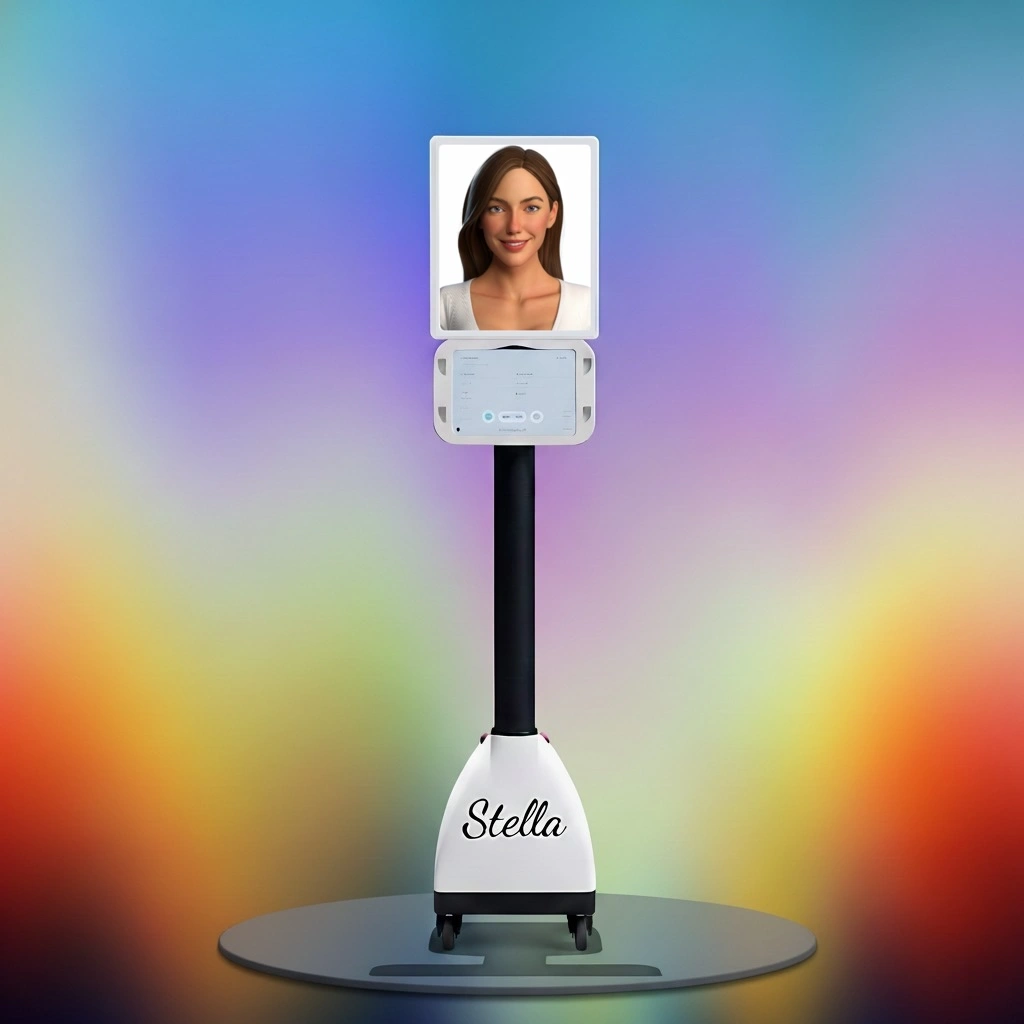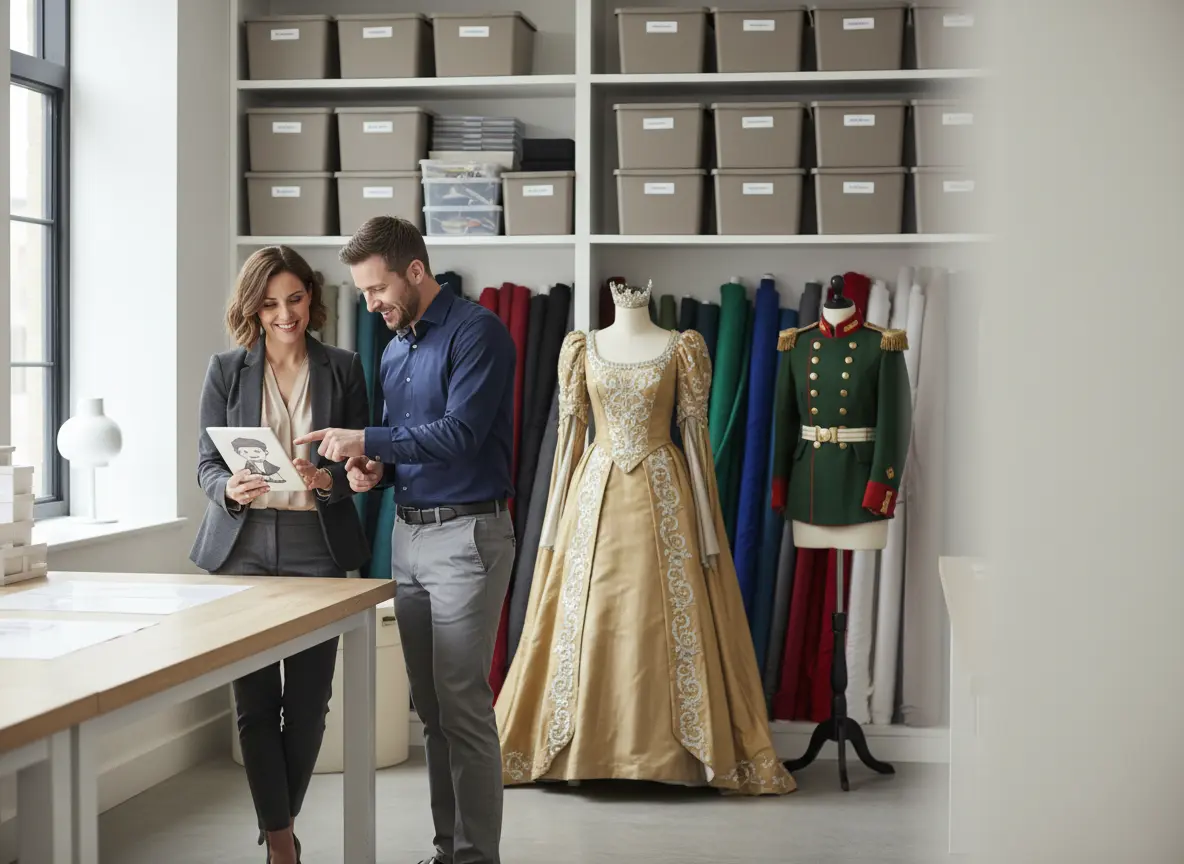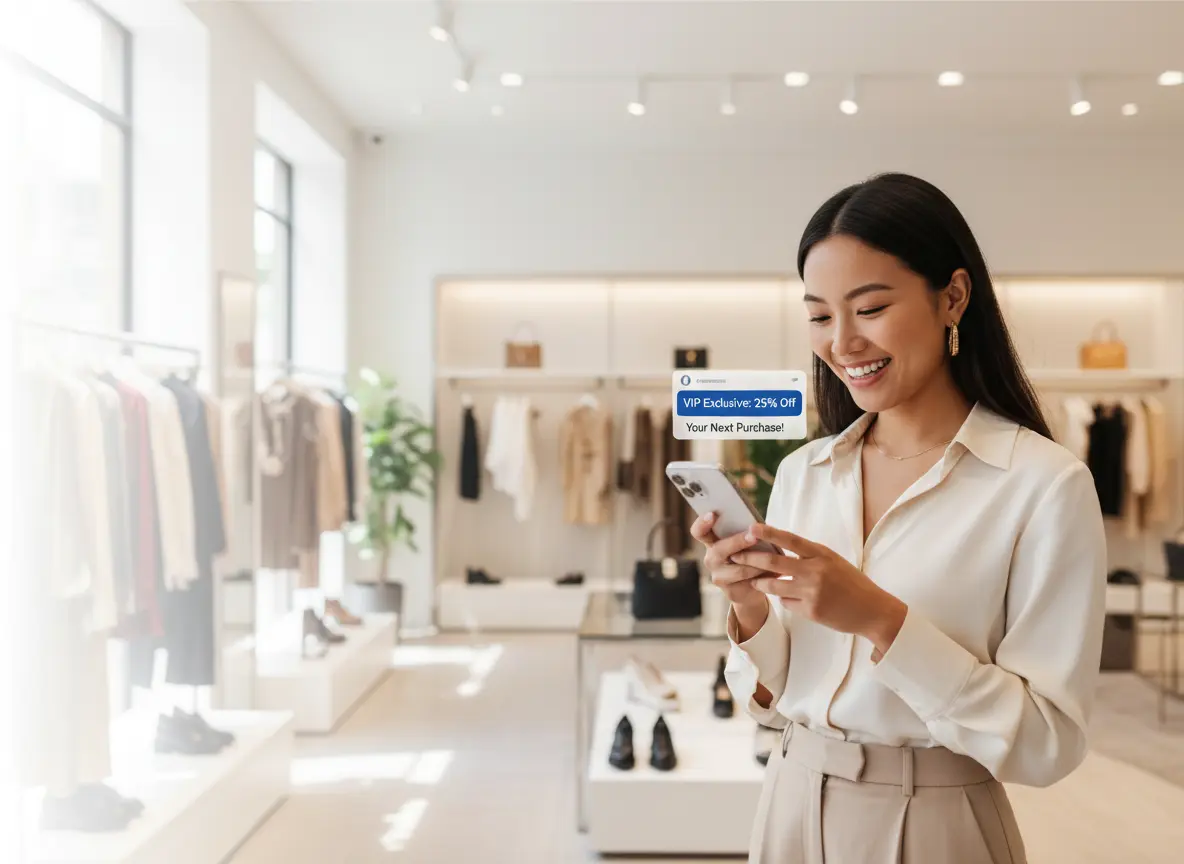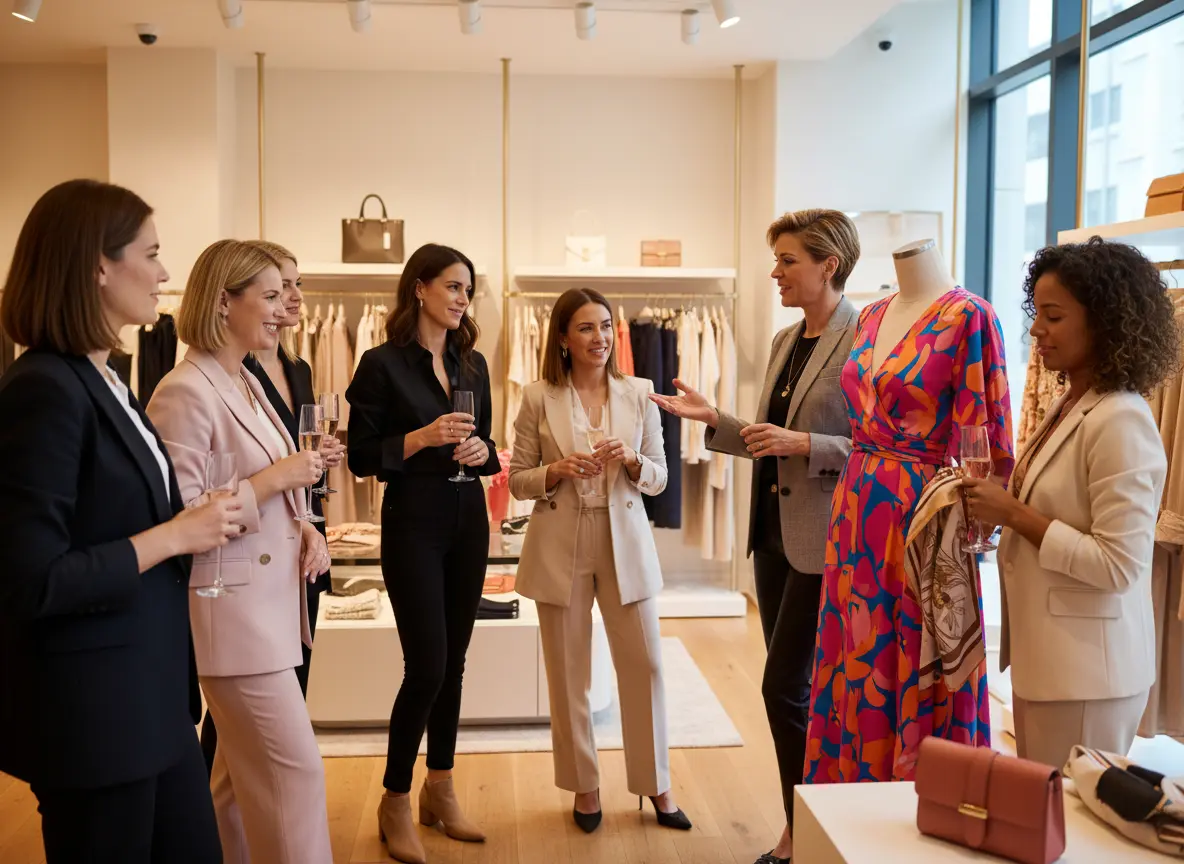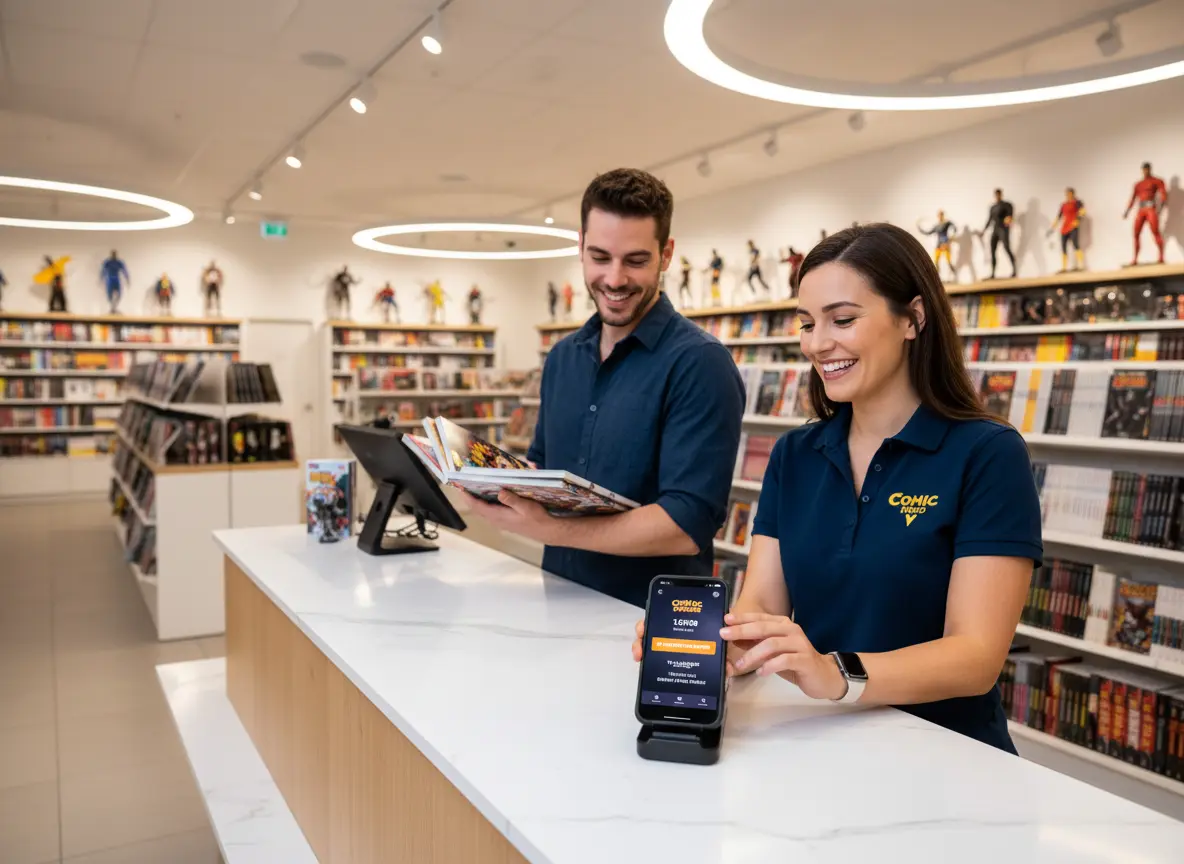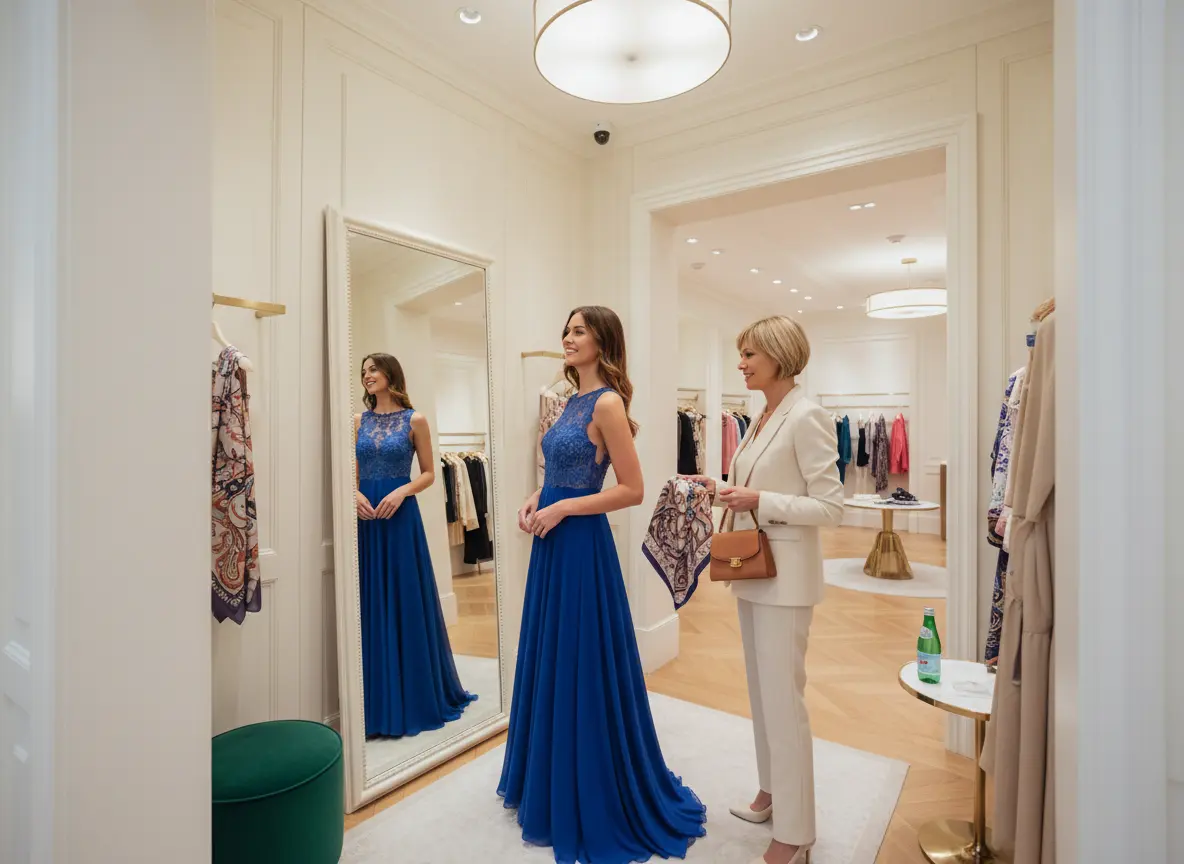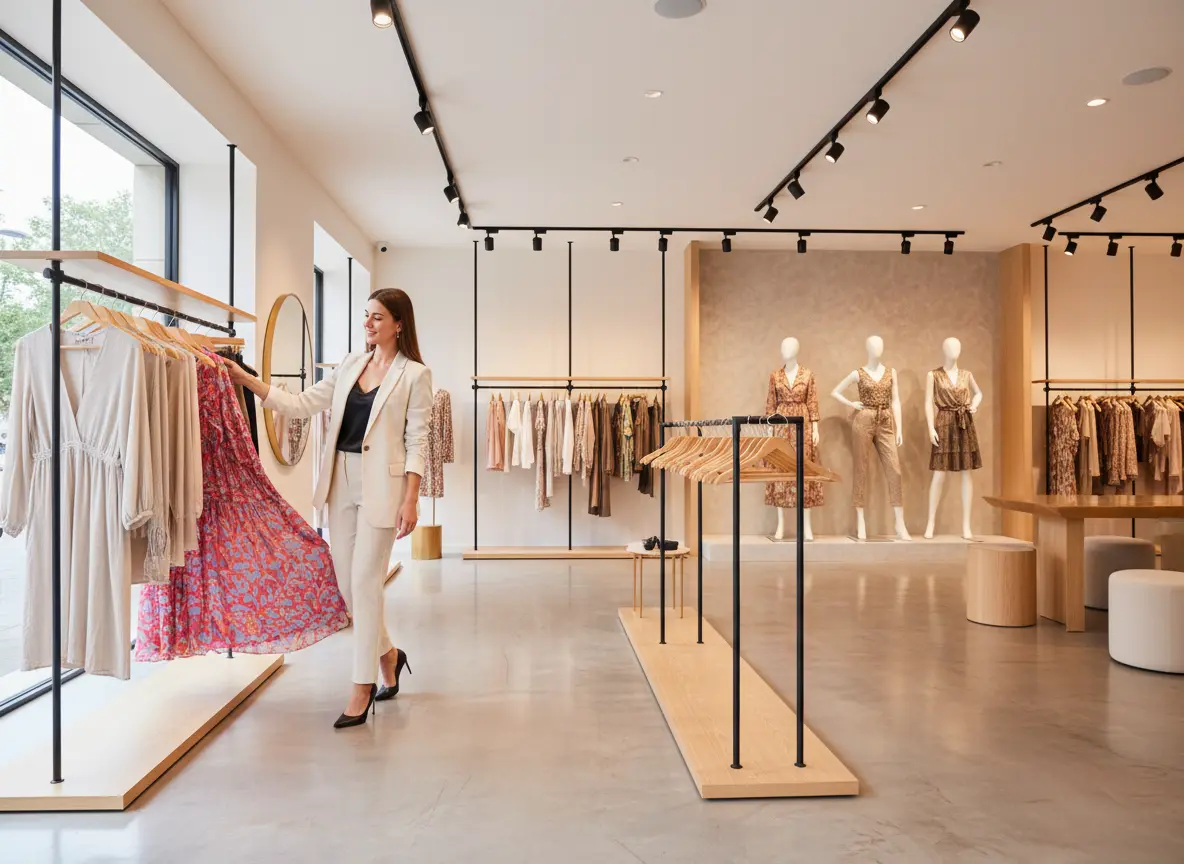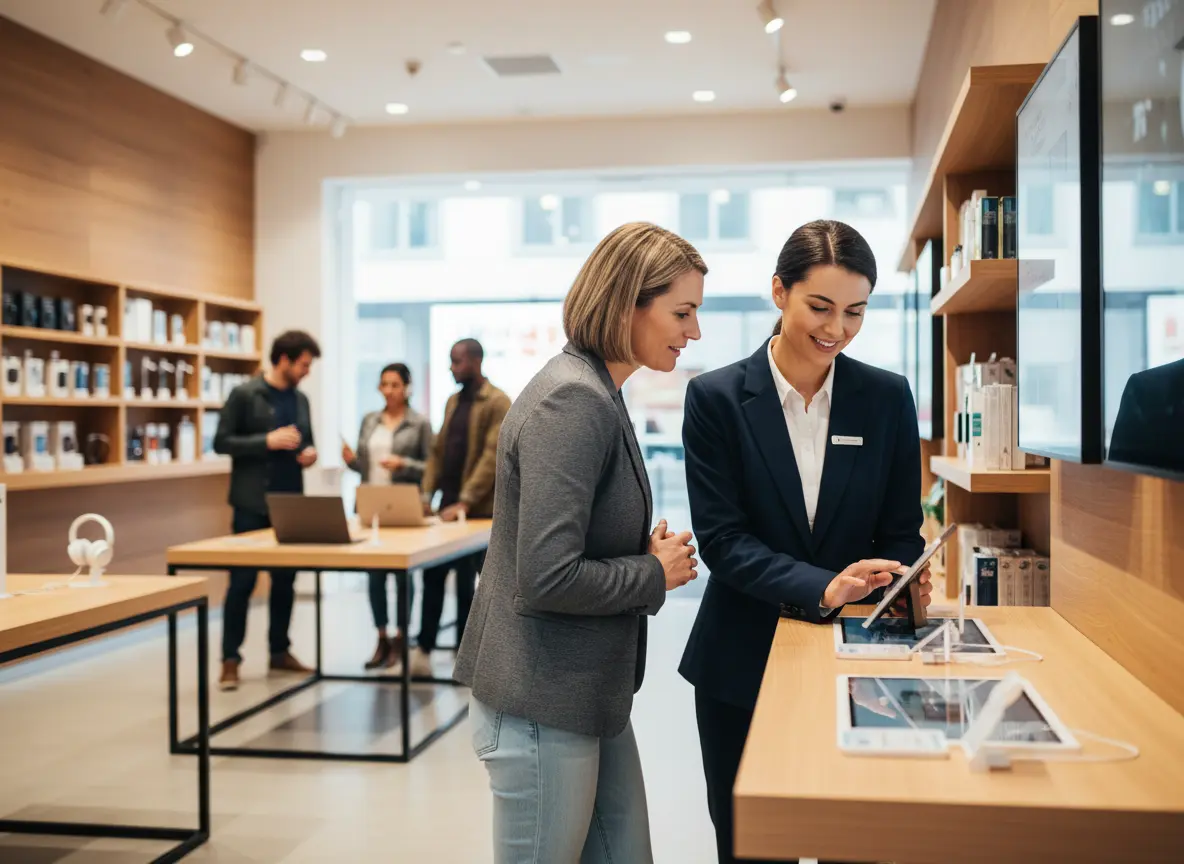So, You Think Your Punch Card Is "Cutting-Edge"?
Let’s be honest. That stack of "Buy 9, Get the 10th Free" punch cards sitting by your register is starting to look less like a loyalty program and more like a fire hazard. You probably ordered 5,000 of them in 2012, thinking you’d cracked the customer retention code. And for a while, maybe you did. But in today’s world, that dog-eared piece of cardstock is the retail equivalent of a flip phone—functional, sure, but nobody’s impressed.
Customers today are drowning in a sea of generic loyalty programs. Their wallets are bursting with cards, their keychains jangle with plastic tags, and their inboxes are a graveyard of "special offers" they'll never open. According to research from Bond Brand Loyalty, more than half of all loyalty memberships are inactive. That's a whole lot of wasted cardboard and disillusioned customers.
True loyalty isn't transactional; it's emotional. It’s not about bribing someone to come back for a free coffee. It's about creating an experience so memorable, so personal, and so valuable that they wouldn't dream of shopping anywhere else. It’s time to toss the hole puncher and start thinking bigger. Much bigger.
Rethinking Rewards: Loyalty That Actually Builds Loyalty
If you want to stand out, your rewards program needs to do more than just offer a discount. It needs to offer status, excitement, and a sense of belonging. It needs to make your customers feel like insiders, not just another number in your POS system.
The Tiered VIP Experience
Humans are simple creatures. We love climbing ladders, earning badges, and feeling like we’ve unlocked a secret level. A tiered loyalty program taps directly into this psychological driver. Instead of a one-size-fits-all program, create levels like Bronze, Silver, Gold, and maybe even a mythical "Diamond Unicorn" tier for your absolute top spenders.
The perks should get progressively better as customers ascend:
- Bronze: Basic point accumulation, early access to sale announcements.
- Silver: Accelerated points, a special birthday gift, free shipping on online orders.
- Gold: All of the above, plus exclusive access to limited-edition products and invitations to special events.
- Diamond Unicorn: A dedicated contact person, a complimentary annual gift box, and maybe you name a mannequin after them. Too much? Never.
This model encourages repeat business by giving customers a clear goal to strive for. It gamifies shopping and transforms a simple purchase into progress toward a more elite status.
Gamification and the "Surprise & Delight" Factor
Predictability is the enemy of excitement. A "10% off" coupon is nice, but it’s expected. A "Spin to Win" wheel at checkout that could land on anything from 5% off to a free product? That's an experience. Integrating gamification adds a layer of fun that keeps customers engaged.
Even better is the "Surprise & Delight" strategy. This involves randomly rewarding a loyal customer for no reason at all. Imagine a regular shopper comes in, and at checkout, you say, "Hey, thanks so much for being one of our best customers. This one's on us today." The cost to you is minimal, but the emotional impact is massive. Forrester research has consistently shown that emotion is the most significant driver of brand loyalty, and an unexpected act of generosity creates a powerful, positive memory that a punch card never could.
Non-Monetary & Experiential Rewards
Let's face it, you can't always compete with the big-box stores on price. So don't. Compete on experience. Your most valuable rewards might not cost you a dime in inventory. Think about what unique value you can offer:
- Boutique Store: Offer top-tier members a free one-on-one styling session.
- Bookstore: An exclusive invitation to a virtual Q&A with a local author.
- Hardware Store: A members-only DIY workshop on a Saturday morning.
These rewards build a community around your brand. They offer something that can't be bought online and create a genuine connection that turns casual shoppers into passionate advocates.
Getting the Word Out (Without Yelling Into the Void)
You’ve designed the most brilliant, engaging, and innovative loyalty program known to retail. The problem? It's useless if your customers don't know it exists. Your staff is already juggling a dozen tasks, and remembering to pitch the new program to every single person who walks through the door is a tall order.
The In-Store Announcement Engine
This is where a little bit of futuristic charm goes a long way. Imagine having a perfect brand ambassador at your entrance, 24/7, that never gets tired, never has a bad day, and never forgets the script. An AI retail assistant like Stella can be your program's biggest champion. She greets every single customer and seamlessly introduces your new loyalty club.
The moment a shopper enters, Stella can say, "Welcome! Just so you know, we launched our new VIP Club this week. You can get instant access to exclusive perks and 15% off your entire purchase today just by signing up at the counter!" Suddenly, you have 100% promotion without adding a single task to your human team's plate. It ensures your brilliant idea gets the attention it deserves from the people who matter most.
Beyond Discounts: Building an Unshakeable Community
The ultimate goal of a loyalty program isn't just to drive repeat sales; it's to create a tribe. You want customers who are emotionally invested in your success and who feel like they are part of your story.
The "Insider Access" Club
Language matters. Stop calling it a "rewards program" and start calling it a "club," a "collective," or an "inner circle." Make it feel exclusive. Create a private Facebook group or Discord channel just for members. In this group, you can:
- Post "behind the scenes" content.
- Ask for their opinions on potential new products.
- Give them the first look at new arrivals before anyone else.
When you make customers feel like they are part of the brand's journey, their loyalty shifts from being conditional (based on discounts) to being emotional and deeply ingrained.
Personalized Perks That Don't Feel Creepy
Your POS data is a goldmine. Use it to offer rewards that show you're paying attention. A generic "10% off" email is easily ignored. An email that says, "Hey [Customer Name], we noticed you love our collection of scented candles. Here's a free one with your next purchase to say thanks!" is impossible to ignore. A McKinsey report found that 71% of consumers now expect personalization. They want to feel seen as an individual, not just a data point. This level of detail shows you care about their preferences and value their specific business.
Loyalty with a Conscience
Modern consumers, especially younger generations, want to support brands that align with their values. Consider a cause-based loyalty program. Instead of earning points for discounts, allow customers to convert their points into charitable donations. For every 500 points earned, you could plant a tree, donate a book to a local school, or contribute a meal to a food bank. This transforms a commercial transaction into a collective act of good, building a profound connection that no discount can ever replicate.
A Quick Reminder About Stella
While you're brainstorming these incredible loyalty programs, remember you need a reliable way to promote them. Stella is the friendly, AI-powered retail assistant designed to greet every shopper, announce your latest initiatives, and ensure your best ideas get the spotlight they deserve, freeing up your team to create those amazing customer experiences.
It's Time to Retire the Hole Puncher
Let's be real: that flimsy punch card has served its purpose. But its time is over. The future of customer loyalty isn't about conditioning customers to chase a freebie; it's about building a genuine, lasting relationship through unique experiences, thoughtful personalization, and a shared sense of community.
So, take a good, long look at your current "loyalty" strategy. Is it truly inspiring loyalty, or is it just creating a roster of inactive members? It's time to demand more from your program and give your customers something they can actually get excited about. Ditch the cardboard and start building a community. Your bottom line will thank you for it.

